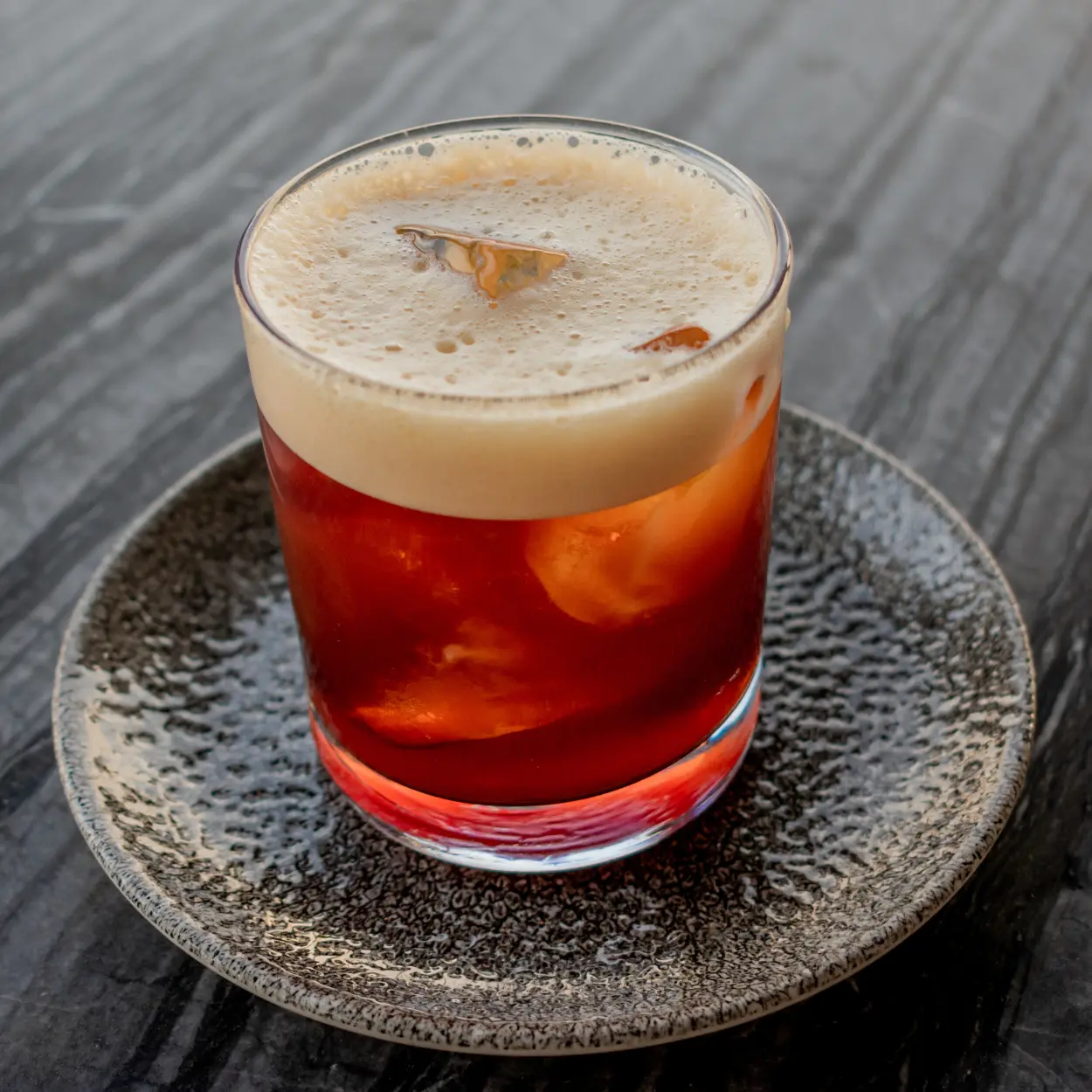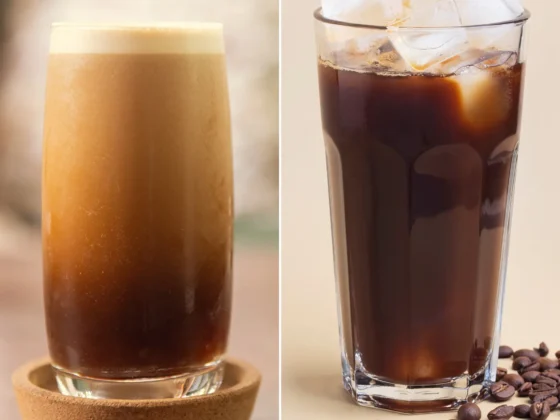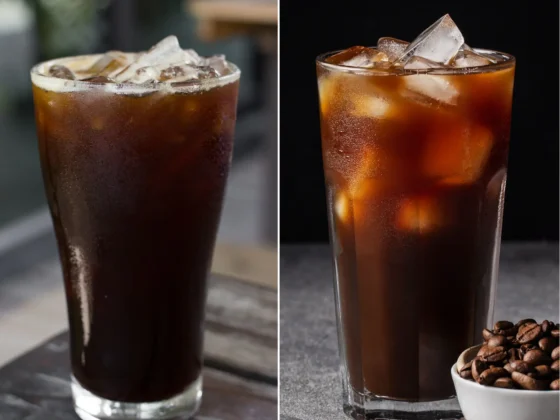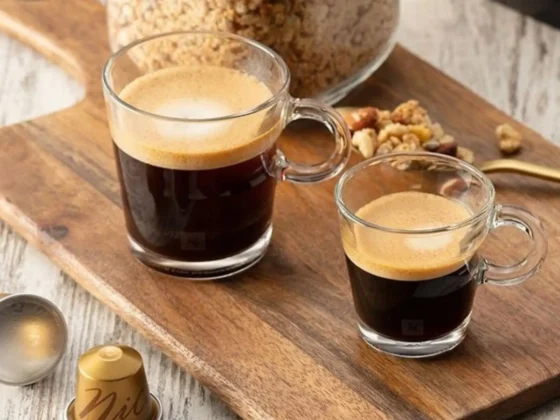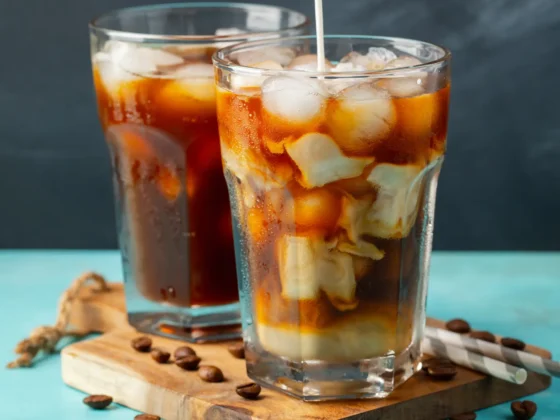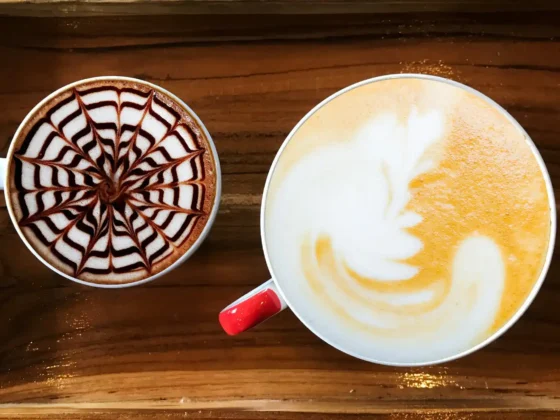Picture this: a warm, aromatic cup of coffee, carefully brewed to perfection, and then combined with the exciting punch of spirits – a delight for both coffee and liquor enthusiasts alike. This is Carajillo, a traditional Spanish drink that has not only found a place in many Spanish-speaking countries but has also managed to pique the curiosity of mixologists worldwide.
But, you might ask, “What is a Carajillo?” In essence, the Carajillo drink is a heartening fusion of coffee and spirits. An amalgamation of two realms that may seem disparate to the uninitiated, yet when blended, results in a drink that warms the body and enlivens the spirit. A concoction steeped in rich history, cultural significance, and adorned with countless regional adaptations.
This guide will take you on a journey through the intriguing world of Carajillo, exploring its origins, the art of its preparation, the variations that have evolved over the years, and its impact on social and cultural traditions. Prepare to delve into the enticing and heartwarming world of Carajillo.
What is a Carajillo: Key Takeaway
- Spirited Origins: Carajillo’s intriguing history, originating from Spain and further developing unique adaptations in Latin American countries, is as rich and stimulating as the drink itself.
- Art in a Cup: The traditional method of preparing Carajillo involves more than just mixing coffee and spirits; it’s a blend of precise techniques and key ingredients that results in this potent, aromatic concoction.
- Global Remix: From Mexico to Colombia, the Carajillo isn’t just a Spanish delight. Its recipe varies, offering a fascinating taste of local culture and palate in its regional renditions.
- Perfect Pairings: Carajillo is not just a drink but a gastronomic experience, best enjoyed with specific foods and on particular occasions. Understanding these pairings elevates the Carajillo drinking experience.
- More Than a Drink: Carajillo’s social significance extends beyond its taste. Its role in Spanish traditions, the global coffee culture, and even sustainable farming practices amplifies its importance in contemporary society
The History and Origin of Carajillo
When it comes to beverages that stand the test of time, few are as storied as the Carajillo. This iconic Spanish concoction, which deftly merges the invigorating world of coffee with the bold domain of spirits, is more than just a drink; it’s a testament to cultural evolution, regional diversity, and historical significance. As we delve into the history and origins of the Carajillo, we uncover a fascinating journey that spans continents, crosses cultural borders, and impacts global coffee culture in ways few other drinks have. Let’s step back in time and uncover the captivating chronicle of the Carajillo.
The Spanish Roots of Carajillo
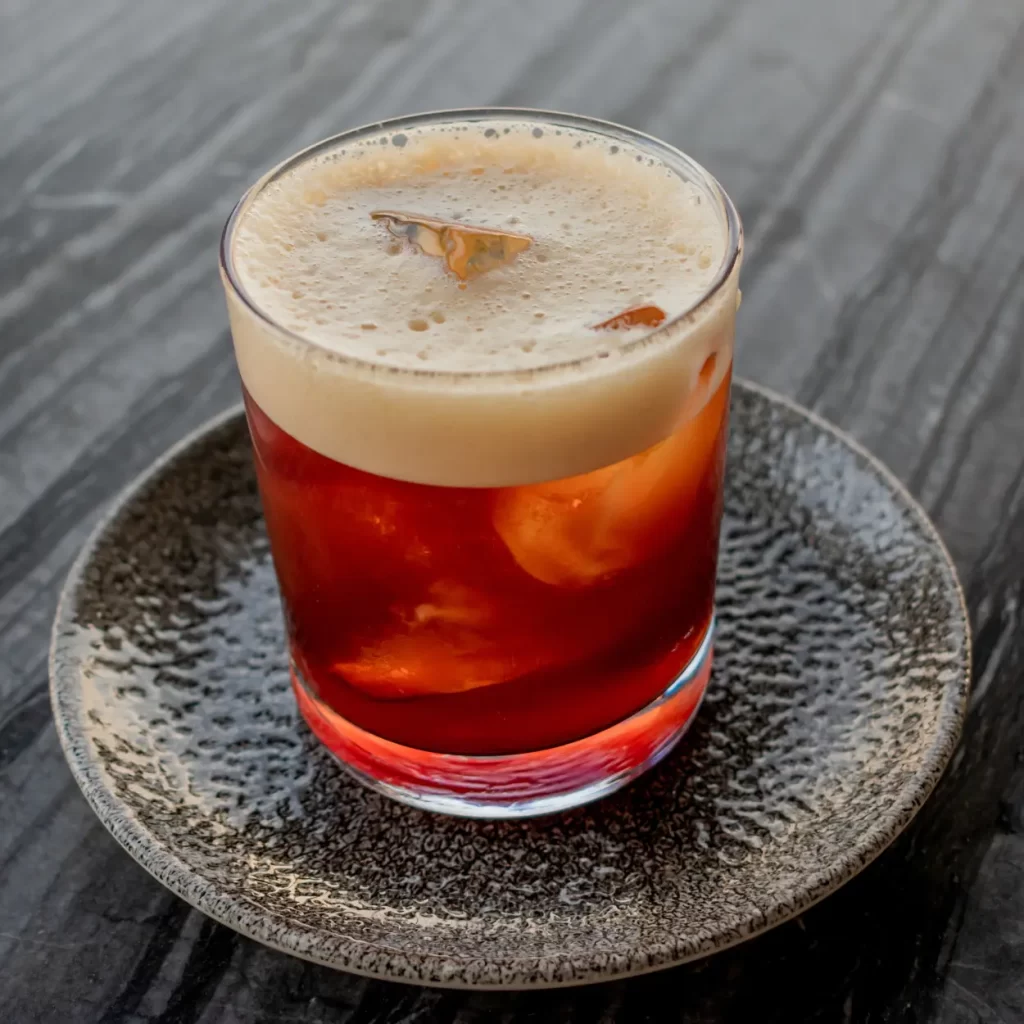
Originating from the vibrant culture of Spain, a Carajillo is a comforting beverage that masterfully combines the richness of coffee with the robustness of an alcoholic spirit. Comparable to the globally beloved Irish coffee, the Carajillo has established its popularity far beyond the borders of Spain, reaching the shores of several Latin American countries. Each region brings its unique twist, with Colombians favoring brandy, Cubans opting for rum, and Mexicans often choosing mezcal or coffee liqueurs like Kahlúa or Tía María. Back in Spain, some preparations include delightful embellishments like cinnamon and lemon peel, adding an extra layer of complexity to the drink. (1)
What is a Carajillo? – The Legend Behind the Beverage

The story of the Carajillo’s birth is one of courage and adaptation. It is believed that the drink’s roots extend back to the time when Cuba was a Spanish province. Spanish soldiers stationed there started blending coffee and rum, seeking a drink that could embolden their spirits and fuel their courage. The Spanish term for courage, “coraje,” evolved into “corajillo” (its diminutive form), which further transformed into the term we now know as “carajillo.” Interestingly, the Catalan name for the Carajillo is “cigaló,” while in Italy, a similar drink is referred to as “caffè corretto.”
Carajillo and its Influence on Coffee Culture
Across different regions of Spain, the Carajillo’s preparation methods reflect the local coffee culture. Some keep it simple, adding a spirit directly to an espresso, while others curate a richer experience by heating the spirit with lemon, sugar, and cinnamon before adding the coffee. In Catalonia, the Carajillo is presented in its most elemental form—coffee with brandy and sugar served separately, allowing the consumer to tailor the sweetness according to their preference.
Contrastingly, in Castellón, the method becomes more ceremonial. The alcohol is heated and partially burned in the glass with sugar, cinnamon, coffee beans, and a twist of lemon peel, infusing the drink with an intricate interplay of flavors. This ritualistic version often finds a place in upscale cocktail bars and restaurants, adding a touch of elegance to the humble coffee drink.
The Carajillo’s influence extends to American coffee culture as well, where a heated Spanish coffee mug rimmed with sugar hosts a mix of rum and triple sec. The drink is then set aflame, caramelizing the sugar and amplifying the flavor profile. The addition of coffee liqueur extinguishes the flame, and the drink is topped off with coffee and a dollop of whipped cream.
Meanwhile, the Mexican rendition is a more relaxed affair, with a combination of espresso (or any strong coffee) and “Licor 43″—a sweet, vanilla-citrus flavored liquor—served over ice in a short glass, making it a popular choice as a post-meal digestive.
In this way, the Carajillo has left an undeniable imprint on the global coffee culture, its many variations reflecting the ingenuity and adaptability of the cultures it touches.
The Art of Preparing Carajillo
The magic of a Carajillo lies not just in its comforting taste, but also in the process of its creation. The union of coffee and spirit, carefully concocted, creates an immersive experience that extends beyond simply drinking the beverage. In this section, we dive into the art of making a Carajillo – the traditional method, key ingredients, and the common pitfalls to avoid.
How to Make a Carajillo – The Chilled Mexican Method

The Carajillo, a cherished cocktail from Spain with a significant fan base in Mexico, cleverly brings together the rich flavors of espresso and Licor 43. This flexible beverage, perfect for a soothing afternoon respite or a gratifying after-dinner indulgence, can be savored both hot and chilled. Here’s how you can prepare a Carajillo in the comfort of your home:
Ingredients:
- ½ cup of freshly brewed espresso or decaffeinated espresso
- 1 ½ to 2 ounces of Licor 43
- 8 ice cubes
Steps:
- Begin with an Old Fashioned glass, clean and dry. The right glass can enhance your cocktail experience by concentrating the aromas and cooling down the drink evenly.
- Add 1 ½ to 2 ounces of Licor 43 into the glass. Licor 43, with its unique vanilla-citrus flavor profile, imparts the Carajillo its characteristic sweet undertone.
- Over the Licor 43, drop a handful of ice cubes. Ice cools down the cocktail and contributes a slight dilution, mellowing out the strength of the espresso and Licor 43.
- Carefully pour the freshly brewed espresso over the top of the ice. The espresso, with its robust flavor, is the perfect counterpoint to the sweetness of Licor 43.
- To achieve a visually striking layered effect, consider pouring the espresso gently over the back of a spoon. This method allows the espresso to settle on top of the Licor 43 instead of mixing in, creating distinct layers in your drink.
- Serve the Carajillo with a cocktail stirrer, allowing your guests or yourself the pleasure of mixing the layers together.
This traditional method of making a Carajillo offers a sensory delight, culminating in a drink that is as visually enticing as it is pleasurable to the palate. Enjoy this unique blend of coffee and spirit, either as a refreshing mid-afternoon break or a sophisticated after-dinner cocktail.
The Authentic Spanish Carajillo
The Spanish Carajillo, a traditional blend of potent coffee and vibrant spirits, is simple yet full of depth. Here’s a comprehensive guide to crafting this exquisite beverage:
Gather these essential components:
- 60ml of strong, freshly brewed coffee
- 30ml of brandy (or other distilled spirit of your choice)
- A handful of coffee beans
- One strip of lemon peel
- Sugar adjusted to your taste
- Optional: one small cinnamon stick
Then, follow these steps to assemble the Carajillo:
- Warming the Spirit: Pour your selected spirit into a saucepan and heat gently. Enhance it with coffee beans, a strip of lemon peel, and your preferred amount of sugar. Optionally, you may enrich this mixture with a small cinnamon stick.
- The Flambé Technique: Safely ignite the mixture, letting it burn briefly. This procedure slightly curbs the alcohol content and beautifully merges the flavors.
- Incorporating Coffee: Put out the flame and introduce your freshly brewed coffee to the mix. Blend well.
- Final Presentation: Your classic Spanish Carajillo is ready to be relished hot.
The American Twist on Carajillo
The American interpretation of the Carajillo incorporates a few inventive alterations, introducing a delightful creaminess to the traditional recipe. Here’s how you can recreate this variant:
Follow these steps:
- Preparing the Mug: Heat a Spanish coffee mug and line its rim with sugar.
- Mixing Spirits: Add rum and triple sec to the mug, then ignite to caramelize the sugar.
- Extinguishing the Flame: Pour in the coffee liqueur to douse the flame.
- Final Touches: Top the concoction with coffee and a lavish dollop of whipped cream before serving.
This American take on the Carajillo promises a sweet, creamy indulgence, perfect for a cozy evening.
Essential Components for a Genuine Carajillo

When embarking on the journey of creating an authentic Carajillo, understanding the vital ingredients is the first step. This popular cocktail involves a thoughtful combination of carefully chosen components that bring out the best in each other.
- Brewed Coffee / Espresso: The backbone of the Carajillo, a ½ cup of freshly brewed espresso, imparts a deep, robust flavor. Alternatively, you can use decaffeinated espresso if you prefer a lower caffeine content, but still wish to retain the strong coffee flavor.
- Spirit / Licor 43: This distinctive spirit is integral to the Carajillo’s unique taste. Add 1 ½ to 2 ounces of Licor 43 to achieve that signature sweet, vanilla-citrus note which harmonizes beautifully with the espresso. You can also use brandy, rum, mezcal, or a coffee liqueur depending on regional preferences. The spirit adds the alcoholic punch and helps elevate the coffee’s flavors.
- Ice Cubes: To balance the intensity of the espresso and Licor 43, 8 ice cubes are used. Besides offering a refreshing coolness, the ice subtly dilutes the drink, mellowing the robust flavors without losing their essence.
- Sugar (Optional): The amount of sugar added can be adjusted to suit personal preferences, but it’s an essential component in balancing the bitterness of the coffee and the strength of the alcohol.
- Lemon Peel and Cinnamon Stick: These add an extra depth of flavor and are traditionally included in many recipes. The lemon peel imparts a subtle citrus note, and the cinnamon stick adds a hint of sweet spice.
Each ingredient has a significant role to play, and the magic of a true Carajillo lies in the perfect harmony of these components. Sourcing quality ingredients is crucial, as each contributes profoundly to the final taste of this beloved cocktail.
Common Mistakes in Preparing Carajillo
Mistakes can easily be made when preparing a Carajillo, especially for those unfamiliar with the process. Here are some typical pitfalls to avoid:
- Wrong Coffee Selection: A strong, robust coffee or espresso is the ideal choice for a Carajillo. Using milder coffee can result in a lackluster drink where the coffee flavor is overshadowed by the spirit.
- Incorrect Ratios: The balance between coffee and the spirit is essential. Too much of one or the other can overwhelm the flavors. Typically, the coffee-to-spirit ratio is 2:1, but this can be adjusted based on personal taste.
- Poor Quality Spirit: The choice of spirit is essential. Licor 43 is a traditional choice, but if you choose to use a different spirit, make sure it’s of good quality. Inferior spirits can compromise the taste of the Carajillo.
- Over Dilution: While it’s necessary to use ice in a Carajillo, using too much can overly dilute the drink, weakening its flavors. Be sure to use the right quantity of ice as specified in the recipe.
- Insufficient Warming of the Spirit (Spanish Version): The warming process allows the spirit’s flavors to fully develop. If this step is skipped or not done properly, the Carajillo might taste flat or unbalanced.
- Skipping the Layering Process: The layered effect not only makes the drink visually appealing but also contributes to the flavor complexity. Pouring the espresso over the back of a spoon helps create this effect.
By avoiding these common missteps, you can ensure a perfect Carajillo every time. Remember, practice makes perfect, and with every Carajillo you prepare, you’ll only get better.
Exploring Carajillo Pairings and Occasions
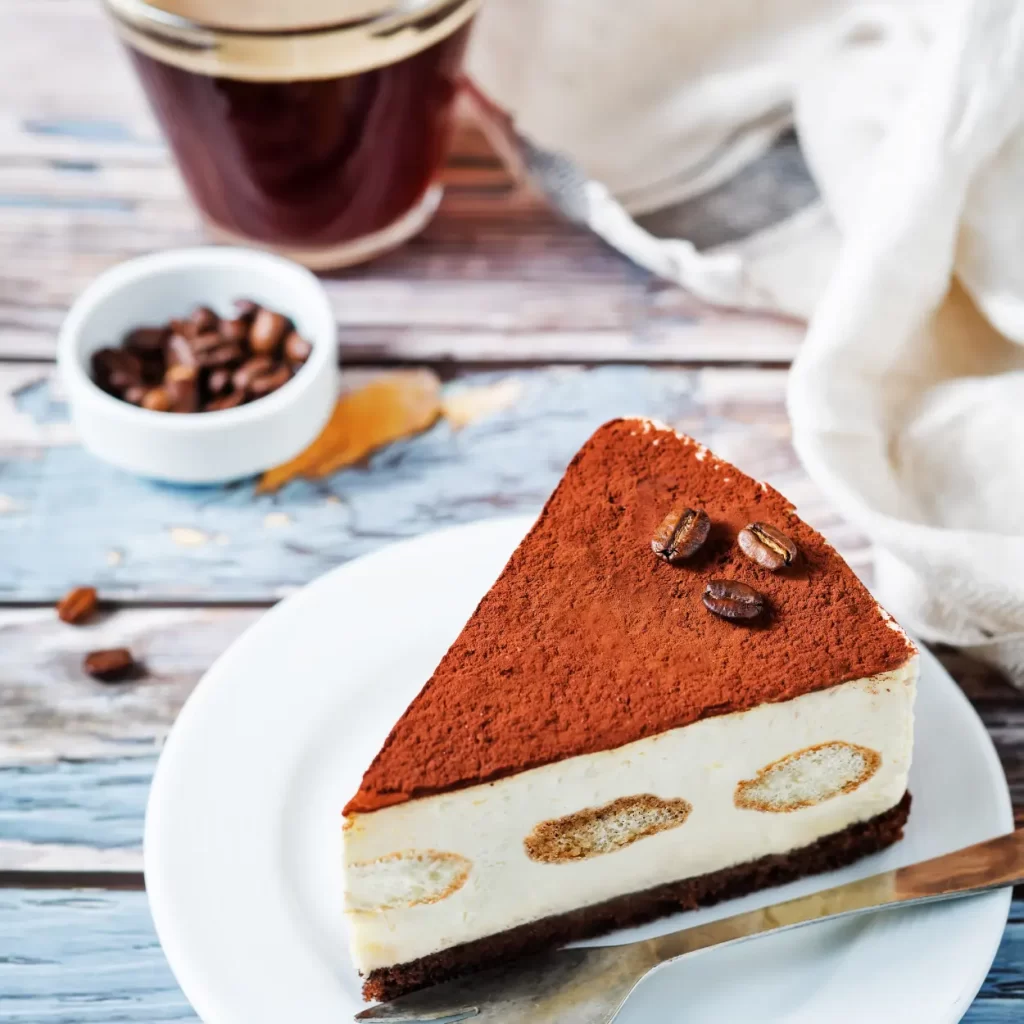
As we delve deeper into the world of Carajillo, we find that this versatile beverage is not just a stand-alone drink. Its unique blend of flavors can be further accentuated by thoughtful food pairings, and its warmth and conviviality make it perfect for a variety of occasions. Furthermore, Carajillo’s potential for creativity has not been overlooked by contemporary mixologists, who are exploring innovative ways to incorporate it into their cocktail repertoires.
Food Pairings that Enhance Carajillo’s Flavor
The robust flavor profile of Carajillo makes it an excellent companion to many food items. Here are a few examples:
- Sweet Delights: Carajillo’s strong coffee notes balance perfectly with the rich, creamy flavors of desserts like tiramisu, chocolate cake, or creme brulee. The alcohol content of the Carajillo also helps cut through the sweetness of these desserts, providing a delightful balance of flavors.
- Savory Companions: On the savory side, the coffee and liquor blend can complement dishes with strong, complex flavors. Try pairing a Carajillo with spicy Mexican dishes, tangy Spanish tapas, or rich Italian pastas. The possibilities are virtually endless, and experimenting with different pairings can make every Carajillo experience a unique gastronomic adventure.
Best Occasions for Serving
Carajillo, due to its versatile nature, suits various occasions. Here are a few instances where it shines:
- Midday Refresher: Its uplifting, invigorating qualities make it an excellent choice for late-afternoon pick-me-ups or a post-lunch digestive. Served cold, it offers a refreshing, slightly intoxicating finish to a warm summer day.
- Social Ice-Breaker: In a social setting, Carajillo serves as a fantastic ice-breaker. Be it a casual get-together, a fancy cocktail party, or a traditional family gathering, the Carajillo, with its intriguing backstory and comforting warmth, is always a conversation starter. Additionally, due to its relatively straightforward preparation, it’s an excellent choice for impressing guests at home without needing professional bartending skills.
Contemporary Mixology
In the realm of contemporary mixology, Carajillo has found a special place.
- Experimentation: Mixologists, always on the lookout for new, exciting flavors, have embraced the Carajillo and its potential for creativity. They experiment with various coffee brews, artisanal spirits, and unique flavoring agents, pushing the boundaries of traditional Carajillo recipes.
- Innovation: This innovation has led to a resurgence of the Carajillo in modern cocktail menus, often reinterpreted with a signature twist. Such reimaginations not only bring a fresh appeal to the time-honored Carajillo but also help in keeping the legacy of this classic beverage alive and thriving in the contemporary drinking culture.
The Social Impact and Significance of Carajillo
While the Carajillo may be perceived as merely a captivating fusion of coffee and spirits, its roots and cultural significance run far deeper. It has played a role in Spanish traditions, witnessed global popularity, and in more recent years, has found its way into sustainable practices within the coffee industry.
Carajillo’s Role in Spanish Cultural Traditions
Within Spanish culture, the Carajillo holds a significant place. It is more than just a beverage; it’s a social tradition, a shared experience, and a part of daily life.
- Cultural Rituals: Traditionally, it was consumed as a comforting post-meal digestive or a pick-me-up in the afternoon. Over time, the act of enjoying a Carajillo has transformed into a moment of pause, a break in the daily hustle where people can relax, reflect, and enjoy a spirited conversation.
- Shared Experience: It’s also a part of many social gatherings, serving as a conversation starter due to its unique preparation and rich history. This imbues the Carajillo with a sense of camaraderie and shared experience, contributing to its deep-seated significance within Spanish culture.
The Growing Popularity of Carajillo Globally
The Carajillo’s enchanting blend of robust coffee and spirited liquor has caught the attention of global audiences.
- Global Spread: As people across the world become more adventurous in their culinary explorations, the Carajillo has found enthusiasts far beyond the borders of Spain and Latin America. From upscale bars in New York to trendy cafes in Tokyo, the Carajillo is being rediscovered and reinvented.
- Adaptation: This growing popularity is also a testament to the Carajillo’s adaptability. As it travels, it absorbs local flavors and cultural nuances, evolving while still retaining its core identity.
The Role of Carajillo in Sustainable Coffee Farming
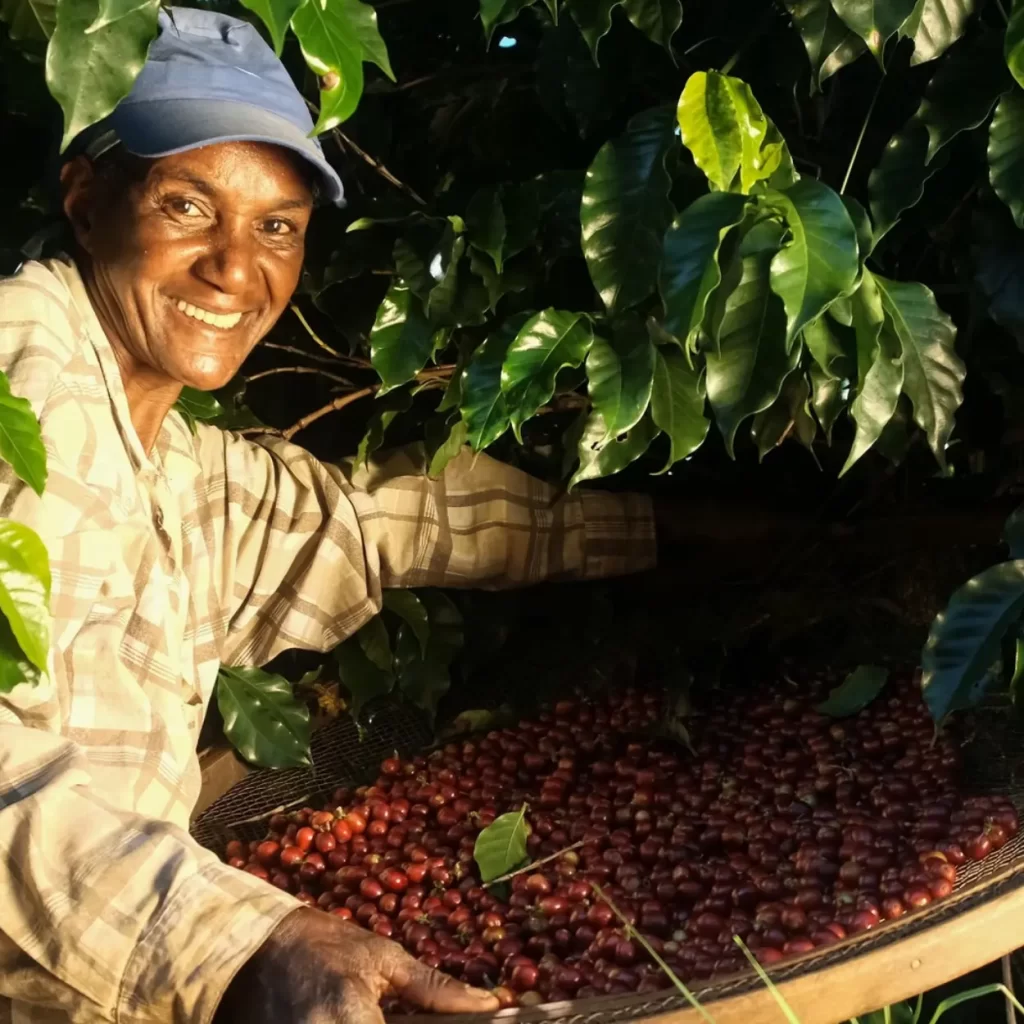
In recent years, the Carajillo has also found an unexpected role in promoting sustainability in the coffee industry.
- Awareness: With its popularity, the Carajillo has brought focus to coffee – its origin, cultivation practices, and the impact of its production. Many cafes and restaurants serving Carajillo are now prioritizing the use of sustainably sourced coffee.
- Support to Farmers: This trend not only helps promote environmentally friendly farming practices but also supports small coffee farmers. When these establishments choose to source their coffee beans directly from the farmers, it ensures fair compensation and encourages sustainable practices.
To sum up, the significance of the Carajillo extends far beyond its warm, comforting flavor. It is deeply rooted in culture, has a growing global influence, and plays a part in promoting sustainability, making it a truly remarkable beverage.
Conclusion
The journey of exploring “What is a Carajillo?” takes us across continents and through centuries, revealing the rich tapestry of cultural, historical, and culinary influences that shape this heartening fusion of coffee and spirits. The Carajillo drink, with its robust coffee and spirited liquor, is a testament to the power of tradition and the creativity of human ingenuity. Whether it’s a Spanish post-meal digestive, a Mexican afternoon treat, or a global trendsetter in contemporary mixology, the Carajillo has secured its spot in the annals of iconic beverages.
Learning how to make a Carajillo not only introduces us to an art steeped in tradition but also opens up a world of flavor and adaptability, celebrating the beverage’s international appeal. The Carajillo’s journey doesn’t stop there. Its growing popularity worldwide has ushered in a new chapter that links our love for this delightful drink to conscious consumerism and sustainable coffee farming.
In essence, the Carajillo is more than just a drink. It’s a shared experience, a historical artifact, a global ambassador of coffee culture, and an agent of sustainable farming practices. As we enjoy the warmth of a Carajillo, we partake in this rich legacy and ongoing journey, affirming that this Spanish elixir is indeed a heartening fusion, not just of coffee and spirits, but of tradition and innovation, past and present, local and global.
FAQ
How does the taste of Carajillo change with different regional variations?
The taste of Carajillo changes with regional variations due to the different spirits and preparation methods used, ranging from sweet and creamy to strong and robust.
What is the significance of Carajillo in Spanish culture?
Carajillo holds a significant place in Spanish culture, often associated with relaxation, socialization, and as a post-meal digestive aid.
Can Carajillo be used in other coffee-based cocktails?
Yes, Carajillo can be used as a base in other coffee-based cocktails, lending its unique blend of flavors.
How has Carajillo evolved in the modern mixology scene?
Carajillo's evolution in the modern mixology scene has seen it transform into more sophisticated versions, often with additional flavors and presented in creative ways.
